Nationality American Role Artist Name Purvis Young | Website Official website Education Self-taught | |
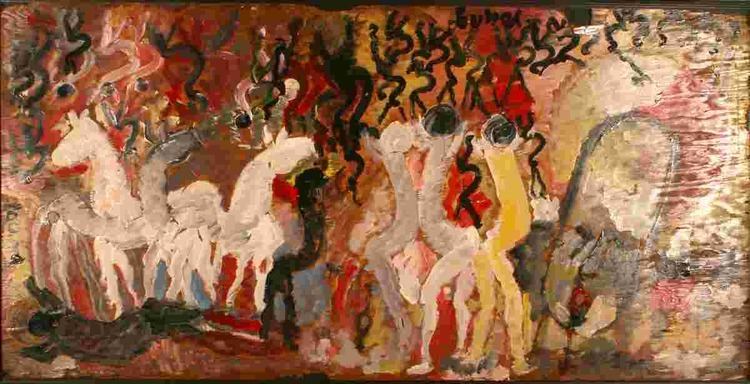 | ||
Born February 4, 1943 ( 1943-02-04 ) Liberty City, Miami, Florida, U.S. Died April 20, 2010, Miami, Florida, United States Awards National Endowment for the Arts Similar People | ||
Purvis young of overtown official trailer
Purvis Young (February 4, 1943 – April 20, 2010) was an American artist from the Overtown neighborhood of Miami, Florida. Young's work, often a blend of collage and painting, utilizes found objects and the experience of African Americans in the south. A self-taught artist, Young gained recognition as a cult contemporary self-taught artist, with a collectors' following including the likes of Jane Fonda, Damon Wayans, Jim Belushi, Dan Aykroyd, among others. In 2006 a feature documentary entitled Purvis of Overtown was produced about his life and work. His work is found in the collections of the American Folk Art Museum, the Corcoran Gallery of Art, the High Museum of Art, the National Museum of African American History and Culture, the Philadelphia Museum of Art, among others. Visit Purvis Young Museum, in Fort Lauderdale, Florida.
Contents
- Purvis young of overtown official trailer
- Rare visions purvis young at the purvis young museum
- Early life and work
- Mid career
- Late career and death
- Work
- Reception
- References
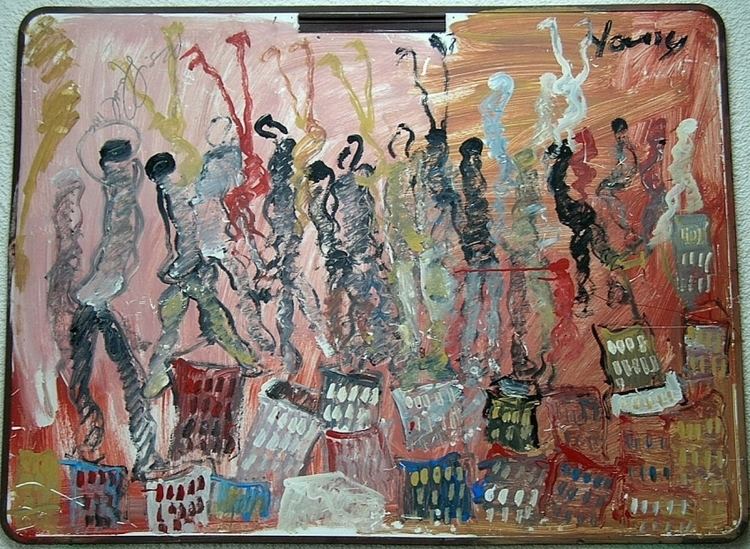
Rare visions purvis young at the purvis young museum
Early life and work
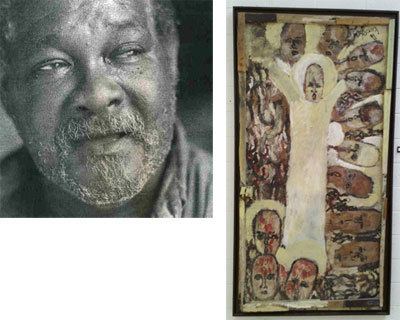
Purvis Young was born in Liberty City, a neighborhood of Miami, Florida, on February 2, 1943. As a young boy his uncle introduced him to drawing, but Young lost interest quickly. He never attended high school.

As a teenager Young served three years (1961–64) in prison at North Florida's Raiford State Penitentiary for breaking and entering. While in prison he would regain his interest in art and began drawing and studying art books. When released, he began to produce thousands of small drawings, which he kept in shopping carts and later glued into discarded books and magazines that he found on the streets. He proceeded to move into the Overtown neighborhood of Miami. Young found himself attracted to a vacant alley called Goodbread Alley, which was named after the Jamaican bakeries that once occupied the street; he would start living there in 1971.
Mid-career
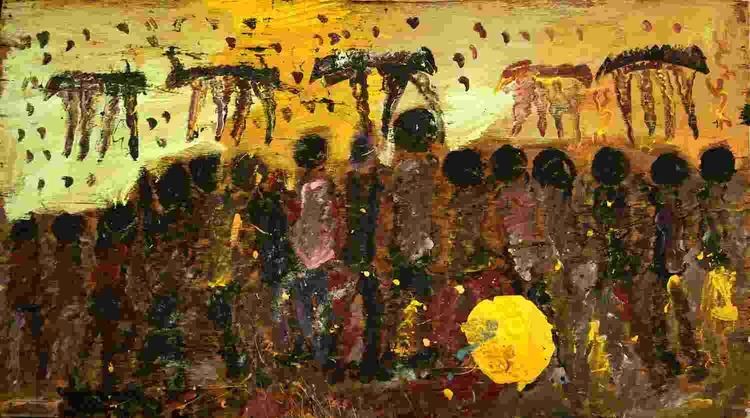
In the early 1970s Young found inspiration in the mural movements of Chicago and Detroit, and decided to create a mural of inspiration Overtown. He had never painted before, but inspiration struck and he began to create paintings and nailing them to the boarded up storefronts that formed the alley. He would paint on wood he found on the streets and occasionally paintings would "disappear" from the wall, but Young didn't mind. About two years after starting the mural, tourists started visiting the alley, mainly white tourists. Occasionally Young would sell paintings to visitors - tourists and collectors alike - right off the wall. The mural garnered media attention, including the attention of millionaire Bernard Davis, owner of the Miami Art Museum. Davis became a patron of Young's, providing him with painting supplies as well. Davis died in 1973, leaving Young a local celebrity in Miami.
Late career and death

In the late 1990s and early 2000s he began exploring other inspirations by watching historical documentaries about war, the Great Depression, commerce, and Native American conflicts and struggles in the United States. In 1999 the Rubell family, notable art collectors from New York, purchased the entire content of Young's studio, a collection of almost 3,000 pieces. In 2008 the Rubells donated 108 works to Morehouse College In January 2007, Purvis was selected as the Art Miami Fair's Director's Choice at the Miami Beach Convention Center and helped to establish a number of outdoor art fairs in South Florida that continue today.
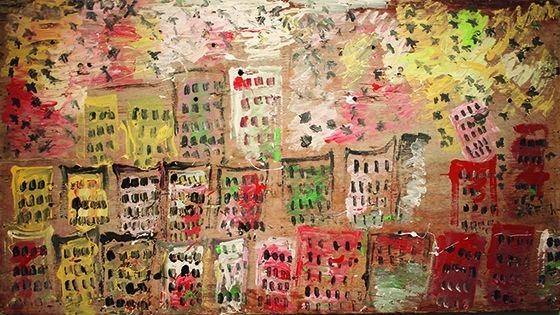
With artistic success came monetary gain, and Young failed to maintain his estate. Before his death he became involved in a legal battle with former manager, Martin Siskind. Young sued Siskind for mismanagement of funds. In response, Siskind successfully petitioned for Young to be declared mentally incompetent and Young's affairs were placed in control of legal guardians. According to friends, Young was not incompetent and was left destitute by the procedures. Siskind stated that he and Young had settled the suit amicably, and that Young retained ownership of 1,000 paintings and was financially stable.
Young suffered from diabetes, and towards the latter years of his life he had other health problems, undergoing a kidney transplant in 2007 . Purvis Young died on April 20, 2010, in Miami, from cardiac arrest and pulmonary edema. He is survived by his partner Eddie Mae Lovest; his two sisters Betty Rodriguez and Shirley Byrd; a brother, Irvin Byrd; four stepdaughters and 13 step-children.
In 2015, The Bass Museum of Art announced that it is donating almost 400 pieces of Young’s art to the permanent collection in the Black Archives History and Research Foundation of South Florida. The Foundation is located in Lyric Theater in the heart of Overtown, Purvis' hometown.
Work
Young found strong influence in Western art history and voraciously absorbed books from his nearby public library by Rembrandt, Vincent van Gogh, Gauguin, El Greco, Daumier and Picasso. His work was vibrant and colorful, and was described as appearing like fingerpainting. Reoccurring themes in his work were angels, wild horses, and urban landscapes. Through his works he expressed social and racial issues, and served as an outspoken activist about politics and bureaucracy. He is credited with influencing the art movement terms Social Expressionism or Urban Expressionism.
Reception
Suzanne Khalil, curator of EXOR Galleries in Boca Raton, described him as an "urban storyteller," who created "raw" work.
Morehouse president Robert Michael Franklin, described Purvis' work, “… Purvis Young has used his art as social commentary and a catalyst for justice.”
